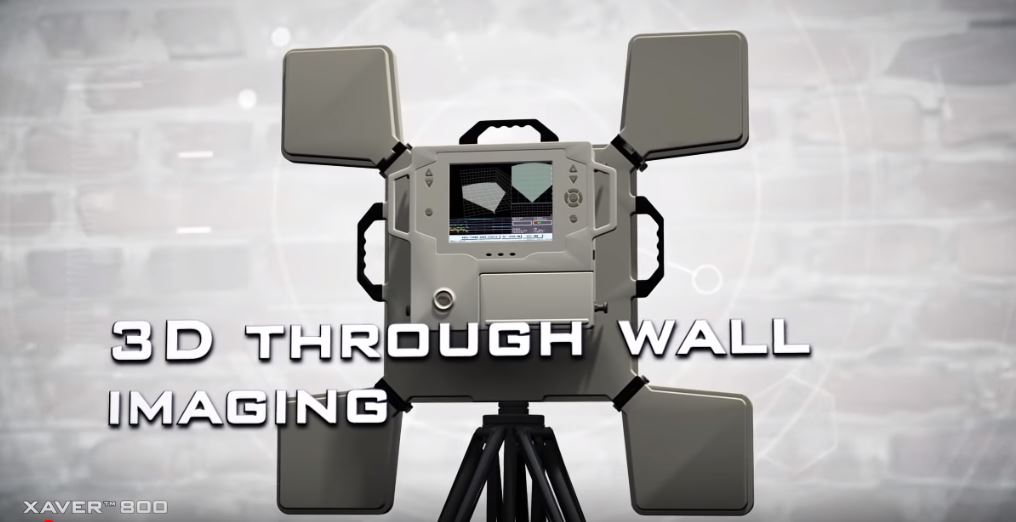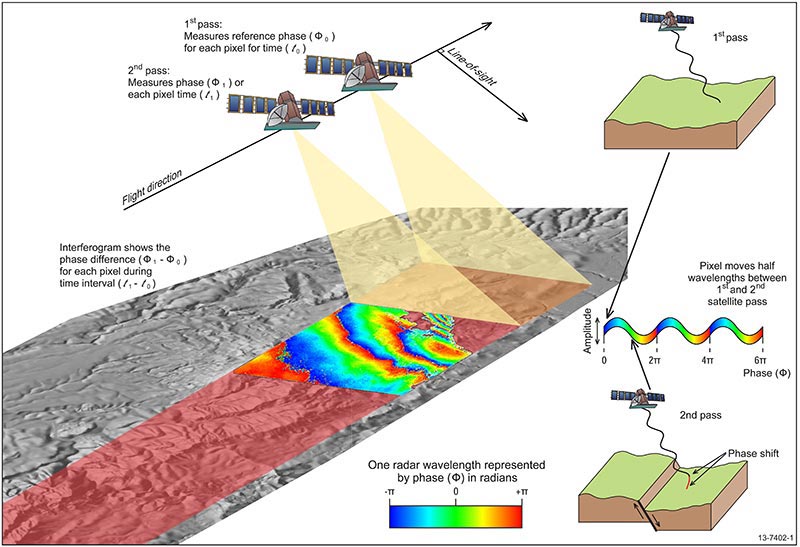Xaver Sense Through the Wall System

Operators can deploy Camero’s Xaver family of scanners on solid walls to get a 3D outline of the objects behind it. The system uses an ultra-wideband radar to “see” through walls along with a “breath detection” mechanism to differentiate between static and moving objects.
SAR for SAR – Technology on the horizon – The use of Synthetic Aperture Radar for Search and Rescue

Synthetic aperture radar (SAR) images are produced by an active system that sends a microwave signal from a sensor platform to the ground and detects backscattered waves that the ground reflects directly back to a receiver on the same platform, which can be borne aloft by either airplanes or satellites. When the source and receiver are on the same platform, the radar is said to be monostatic. If the source and receiver are on different platforms, the radar is said to be bistatic. Commercial SAR systems are monostatic and always collect images to the side of the flight path of the sensor platform, unlike most multispectral imaging systems, which commonly look straight down and are passive (consisting only of receivers of reflected sunlight and emitted thermal infrared radiation).
Researchers aim to enhance lost person search and rescue efforts using drones, artificial intelligence

Thanks to a $1.5 million grant from the National Science Foundation, a group of Virginia Tech engineers hopes to redefine these search and rescue protocols by teaming up human searchers […]
